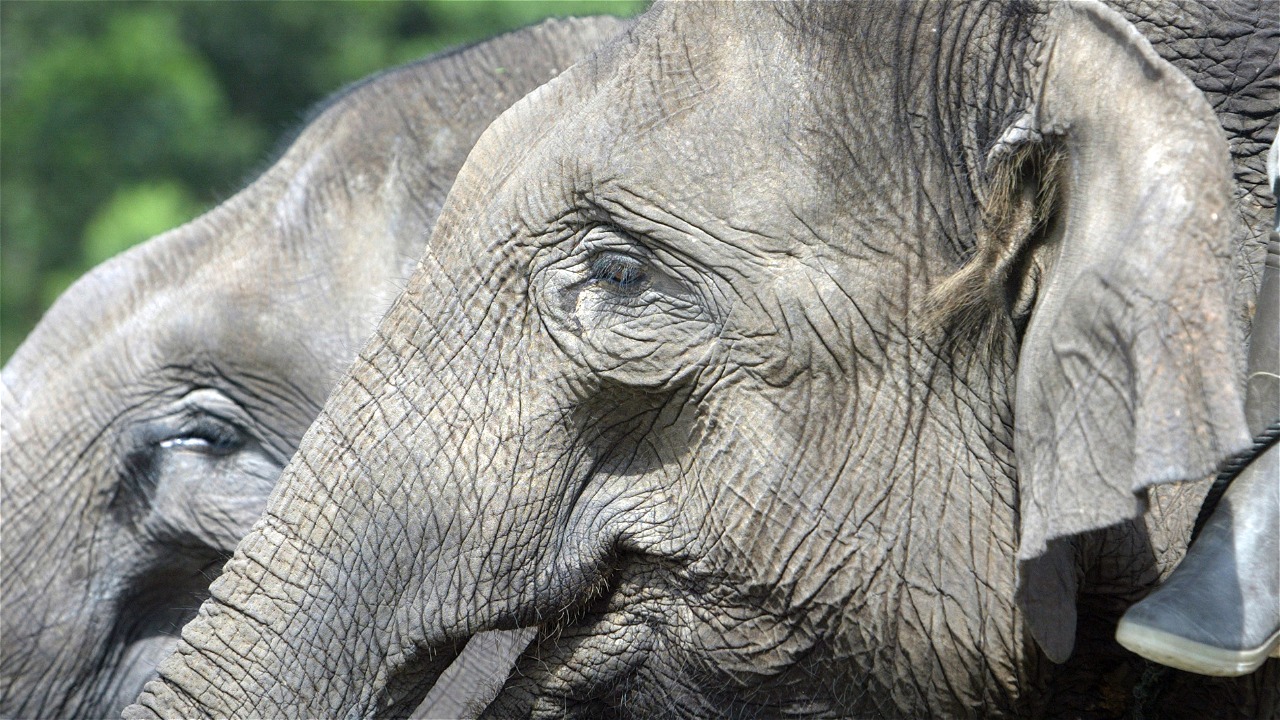BBS NP UTILISES HIGH-TECH DEVICE TO MITIGATE HUMAN-ELEPHANT CONFLICT
By: Ali Rizqi Arasyi
Lampung (25/01)-Human-elephant conflict (HEC) has become rampant in Sumatera due to the loss of elephant’s natural habitat. To mitigate HEC in Lampung, since July 2009, WWF has been working with the authorities of Bukit Barisan Selatan National Park (BBSNP), Way Kambas NP, West Lampung Forestry Office and Sumatran Mahout Association (FOKMAS) to operate one elephant patrol team (EPT).
Moreover, the EPT has installed one unit of GPS Satellite Collar in groups of wild elephants that are most likely conflicting with human. The device is used for monitoring the elephants’ existence and movement as well as for giving early warning to the villagers.
The device-installation team consisted of local EPT, veterinarian, mahouts from Way Kambas NP and FOKMAS, WWF-Indonesia’s staff from Riau and Lampung office, as well as additional mahouts and rangers from Way Kambas NP. It was led by Nazaruddin (FOKMAS leader) and his vice Ali Rizqi A (WWF). The elephant monitoring instruments were installed successfully in four elephants, in which four elephants were from EPT’s and another one was from Way Kambas NP.
This activity was started on 4 December 2009 when the team conducted final preparation. A day after, at eight in the morning on 5 December, the team departed for the location of those wild elephants which had been monitored and located.
After an hour journey, the team finally found the track of the wild elephants and traced it. Going through the steep route, the team managed to find 15 wild elephants sleeping under the trees. Calmly, before installing the collar, the team observed and chose wild elephants to be tranquilised using specially modified gun. They planned to install the monitoring collar on the neck of the biggest mother elephant assumed as the herd leader. However, 15 minutes later, the elephants awoke and started to run. The pursuit then was started. The team managed to shoot the mother elephant with the tranquiliser after they had approached the target to only 3 meter distance.
After the drug worked, the team started to do their individual tasks. One was tying her feet, the others were closing the elephant eyes with dark towel, closing her ears with gauze (a thin, transparent fabric), and installing GPS satellite collar. After it was installed, the medical team monitored the elephant physical condition, collected blood sample, put microchip, and recorded its physical data. Soon, the mother elephant was given anti-anaesthetic shot to help her recover quickly.
All members of the team drove the patrol elephants, waiting for her recovery. The next day, the team checked the elephant’s data through the internet. Interestingly, Prita showed good progress. Prita? Yes, it is the name given by the team to the mother elephant, after the recent famous case of healthcare patient Prita Mulyasari’s fight for justice.
Contact :
Ali Rizqi Arasyi(ararasyi@wwf.or.id)
Marino; (marino74@yahoo.com)





